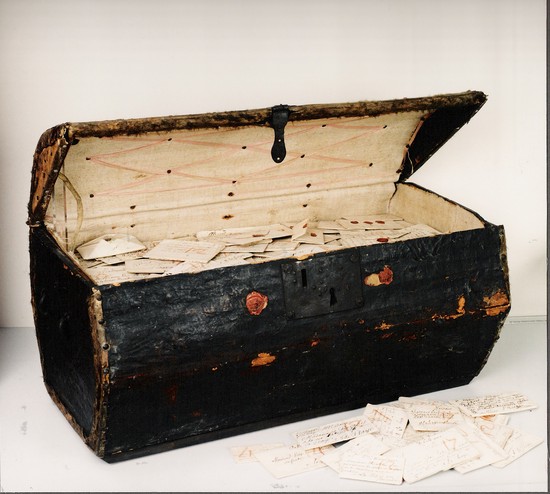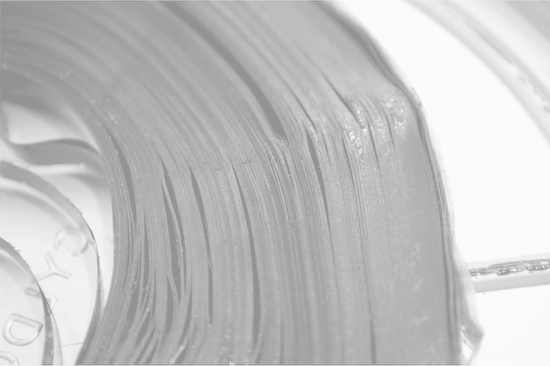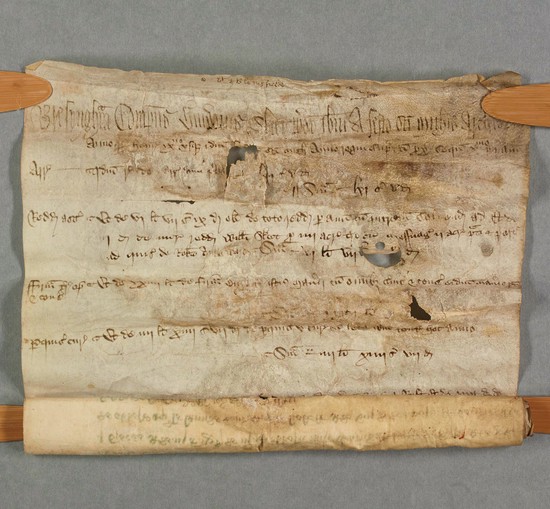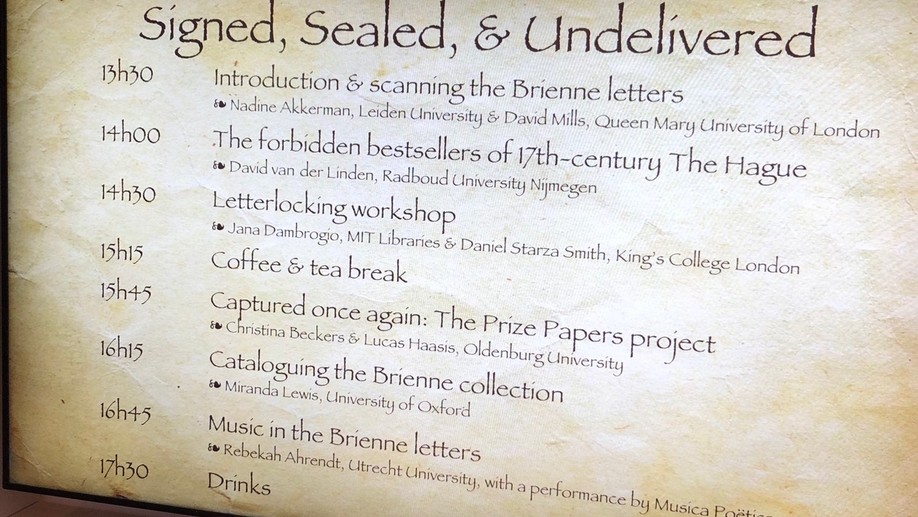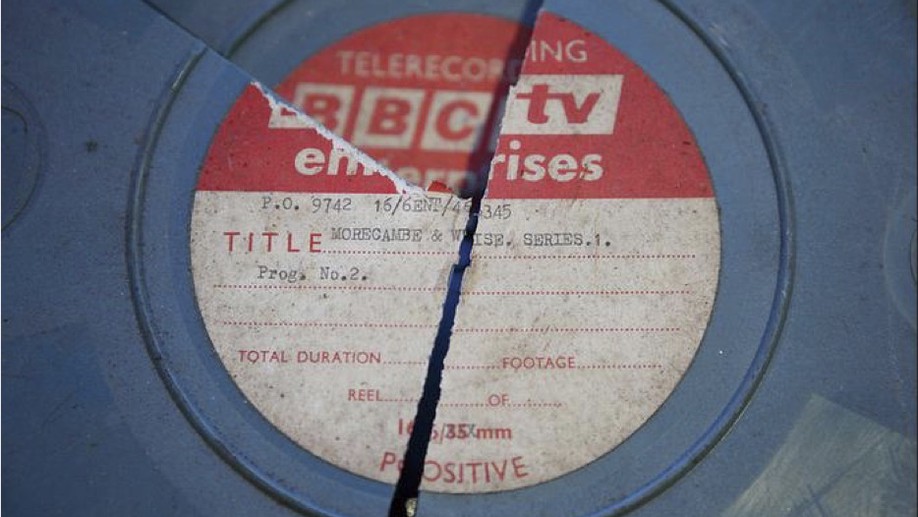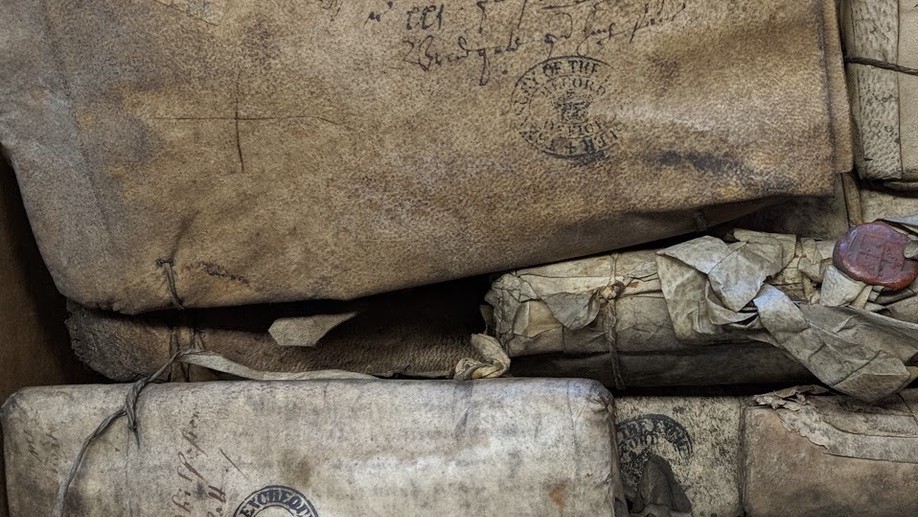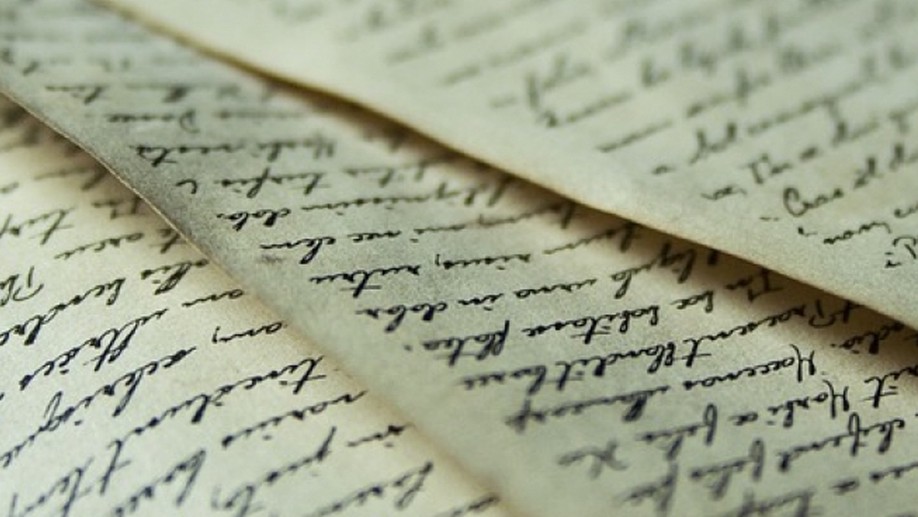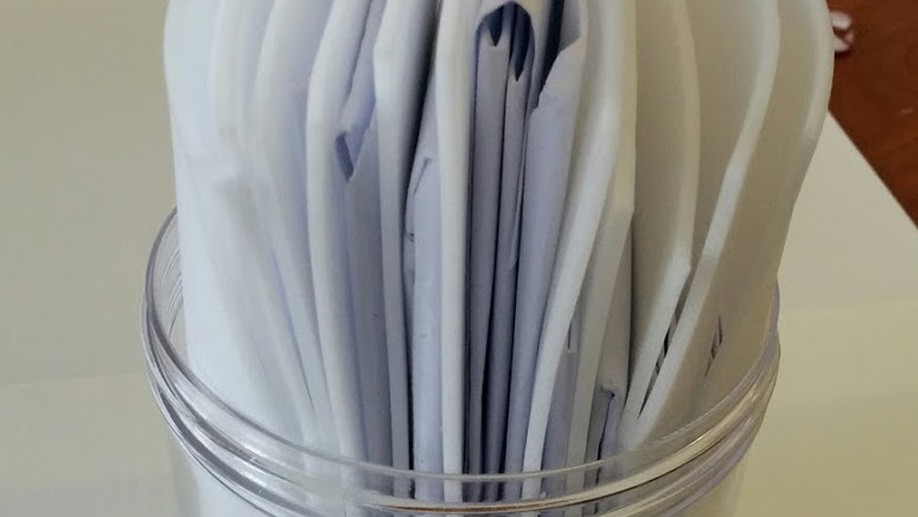The Apocalypto Project
Our project brings together science, technology and heritage by providing virtual surrogates for fragile and inaccessible objects. We work with archivists, conservators and other members of the heritage industry to scan and then digitally build objects that are would otherwise be unavailable because of their deteriorated physical condition.
Examples of our work include virtually unrolling parchment scrolls from the 1450s, unfolding sealed documents written on paper, scanning plate glass photographs, unfolding a paper lining sewn onto a piece of clothing. We are currently collaborating with Norfolk Archives, London Metropolitan Archives, BBC, University of Leiden and others. Previous partners include The National Archives.
The technology developed specifically for this project involves using high contrast X-ray microtomography (XMT) in conjunction with advanced image processing algorithms. Novel data collection methods in conjunction with computational strategies enable the reading of fragile historic documents without the need to physically manipulate them, thus providing information to a wide range of scholarly disciplines.
In addition to heritage organisations, we work with geologists, biologists, research doctors and anyone who wants a high resolution x-ray image of their object. If you think we can help with your project, please contact the team.
